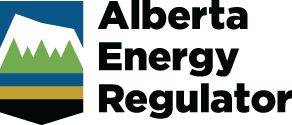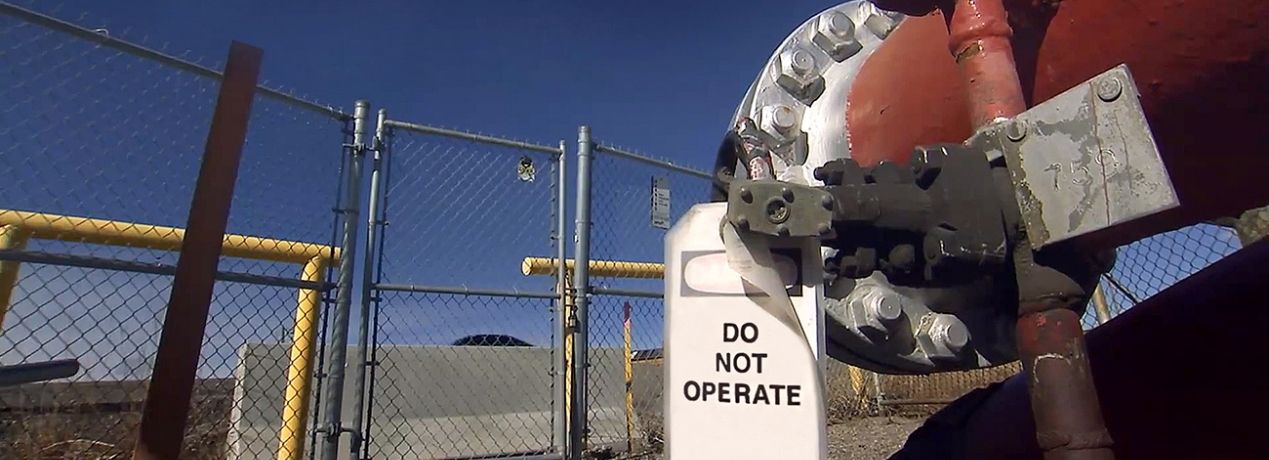In some parts of the province, we have special regulatory requirements for development. These requirements, set out in subsurface orders, adapt our subsurface regulatory requirements for specific geological zones over specific geographic areas to better suit both the energy resource being developed and the resource development practices being used in that area.
We determine areas for subsurface orders based on
- geological parameters,
- engineering and reservoir characteristics,
- our existing decisions and approvals, and
- industry activity and forecasts.
The AER has created specific seismic protocols for these areas to limit the impact and potential of induced earthquakes from hydraulic fracturing. Each protocol sets different “traffic light†systems for these areas based on their geology and surface structures (e.g., hydroelectric dams), which companies must follow for monitoring and reporting seismic activity to the AER.
The subsurface orders in the table below apply to companies interested in developing projects, producing resources, or gathering data in the geological zones identified. Learn more about the other orders we issue to ensure that companies comply with our requirements.
| Order no. | Zone | Supporting information | Date |
| Subsurface Order No. 1B [rescinds No. 1A] | Montney-Lower Doig | FAQ - updated February 2018 | February 23, 2018 |
| Subsurface Order No. 2 | Duvernay (central Alberta) |
FAQ | February 19, 2015 |
| Subsurface Order No. 3A [rescinds No. 3] | Duvernay (central Alberta) |
FAQ - updated February 2018 | February 23, 2018 |
| Subsurface Order No. 4 | Coalbed methane | FAQ | September 29, 2016 |
| Subsurface Order No. 5 | Cardium (western Alberta) |
FAQ - updated February 2018 | September 29, 2016 |
| Subsurface Order No. 6 | Brazeau | May 27, 2019 | |
| Subsurface Order No.7 | Red Deer | December 9, 2019 |


